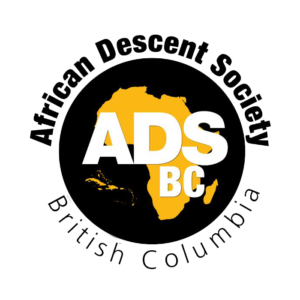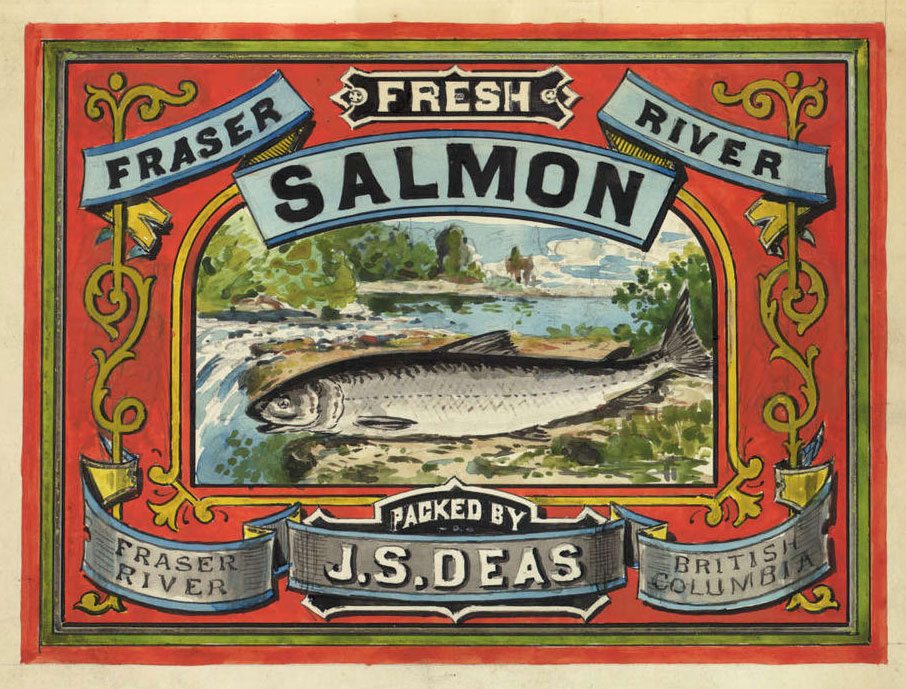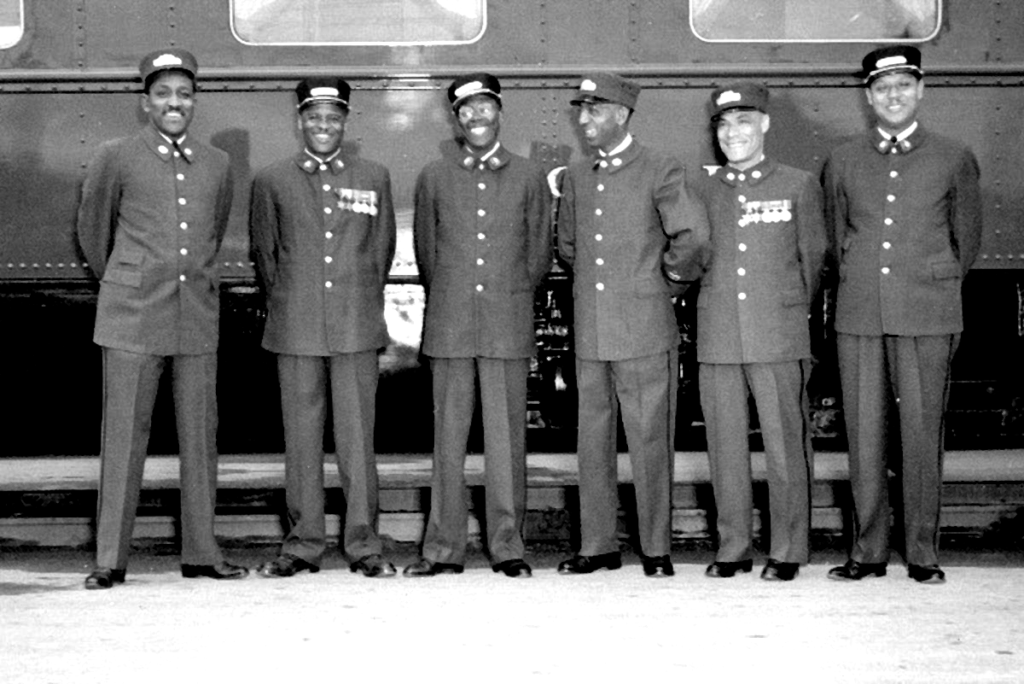In the United States, George Pullman invented the sleeper car; with the first one completed in 1864. Also named “Palace Cars,” these sleeper cars offered a new level of traveling luxury, and as such, require a new level of service. Pullman hired African-American freemen, many of whom had been former domestic slaves in the south. As these positions paid well and offered an opportunity to travel, the position was considered prestigious and well-respected. These men needed to be able to do everything from collecting tickets, to fetching sandwiches, mending torn trousers and shining shoes. At that time, it was considered that the demands of versatility, responsibility, and loyalty could best be handled by former domestic slaves. Pullman became the biggest single employer of African Americans in post-Civil War America.
When the Pullman car arrived in Canada, many blacks settled in Strathcona, close to the Canadian Pacific Railway terminus in order to secure jobs. Black men from across Canada, the United States, the Caribbean, and as far away as Wales and the Dutch East Indies were hired as Sleeping Car Porters for Canadian railway companies. Even in Canada, racist attitudes prevailed despite their level of past achievements, porters tended to be highly educated men, with university degrees in science, medicine or business administration.
With so many people employed as Sleeping Car Porters, there were people who noticed the need for a place where porters could socialize and rest during stopovers in Vancouver, and black people in town generally needed a social hub to call their own. Elijah “Lige” Scurry opened the Railway Porters Club. Unfortunately for Scurry, police raided the club in 1904 on the grounds that black prostitutes were frequent visitors. Police found no evidence, but Scurry was nevertheless convicted of selling liquor without a license. Nevertheless, other clubs did pop up in its stead like the Lincoln Club or the Pullman Porter’s Club.
Although Pullman Porters were generally responsible for the families which they served on each voyage, often getting very little sleep while they stayed attentive to families’ needs, these men did not receive the respect they deserved. For instance, their names were not known and they were all called “George,” after George Pullman or “boy.” The Canadian Brotherhood of Railway Employees wouldn’t allow blacks to join; so it wasn’t until 1917 when the Order of Sleeping Car Porters was established in Winnipeg by porters John Arthur Robinson, J.W. Barber, B.F. Jones and P. White. However, the Canadian Pacific Railway was opposed to unionization and dismissed many porters in the early 1920s for their union activity. Many employees thus had to organize in secret, with the support of their counterparts in the United States.












